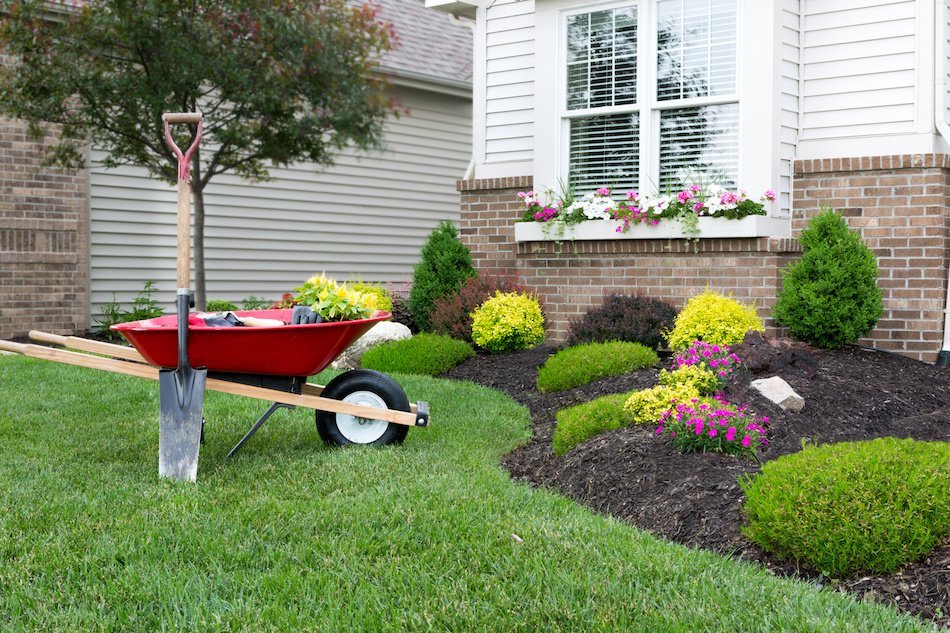Thinking of Doing DIY and Gardening Services? Read This

If you have a green thumb and love working with plants, you can make good money by starting a gardening business!

Whether you specialize in landscaping or planting a vegetable garden, there is a demand for gardening services, especially during the spring and summer months. In this article, we will talk about five points you need to know about before starting a gardening business.
1. Write a Business Plan
A business plan is essential for any type of business, regardless of its size. A well-thought-out business plan cements your goals and the strategies to take to achieve those goals. Having a clear vision allows you to narrow your focus so you won’t get overwhelmed with your business’s day-to-day operations. To create a business plan, the first thing you need to do is to study the market. The key is to understand your target audience, competitors, the prices you can charge, and the demand in a specific location.
Here are some of the components of a detailed business plan:
- Executive summary
- Mission and vision
- SMART goals and objectives
- Services you offer
- Operational strategies
- Target market
- Competition
- Costs and sales forecasts
- Marketing and sales
2. Secure the Financing You Need
The next thing you need to do is to secure enough working capital like equipment loans to get started. Work out the type of funding you need and when you need it, as well as the estimated operating costs you need to pay each month. Selecting the appropriate small business loan helps to create budgets and forecasts during the startup phase, the first month, first quarter, first year, until the next three years. You’ll have an idea of the capital required to start and operate a gardening business in the long run. Having a positive cash flow from the start ensures the smooth operations of your gardening business. Some of the best small business loan options in the market include SBA loans, working capital loans, business lines of credit, and business term loans.

3. Choose a Business Model
If you’ve written a detailed business plan, then you should know who your target market is, as well as the services you offer. Some of the potential clients you can work for include the following:
- Landlords
- Residential areas
- Estate and letting agents
- Inn or hotel managers and owners
- Care homes
- Commercial grounds
- Schools or universities
- Property management companies
You can also choose from a wide array of gardening services like lawn mowing, hedge trimming, landscaping, installing ponds, creating a vegetable garden, and more. The services you offer reflect the type of customers you serve, and you can choose to target a niche or provide broad gardening services. Pricing your gardening services is another major factor. Research other gardening companies in your area and check how much they charge for similar services. You can charge by the hour or by project, depending on your preference.
4. Hire the Right People
This phase is optional since many gardening business owners start solo before expanding to take on employees. If you choose to hire other people, just like what real estate companies do, have a solid recruitment strategy in place. Hiring the right people is crucial to the success of your DIY and gardening business. A recruitment strategy can help you identify the roles that need to be filled, the type of employees you’re looking for, and the experience and skills required to take on the job. For example, you might need to hire a bookkeeper to help you keep track of your finances or a landscaper to beautify gardens. Understanding these requirements helps you create accurate job descriptions to attract the best talent needed for your gardening company.

5. Establish a Client Base
Growing a client base for a newly established business isn’t an easy feat, but with careful planning and consistent efforts, you’ll be able to find customers for your business. Here are some of the strategies you can implement to help you find and grow a client base:
- Researching and getting in touch with the appropriate contact person for care homes, schools, property management companies, and more.
- Word of mouth, aka asking existing customers to pass on information about your business
- Offering loyalty cards and discounted services to attract new customers. The goal is that they continue to avail of your services and eventually pay the full price.
- Create accounts on various social media platforms and advertise your services there.
- Create and optimize a website to expand your reach.
What’s Next? Start a Gardening Business Today!
Planting trees and flowers involves patience and hard work, but your efforts are all worth it when your trees and plants start to flower or bear fruit. Starting and growing a gardening business also requires the same investment, skillful planning, and consistent efforts. With the right approach, your gardening business will eventually grow and thrive.






